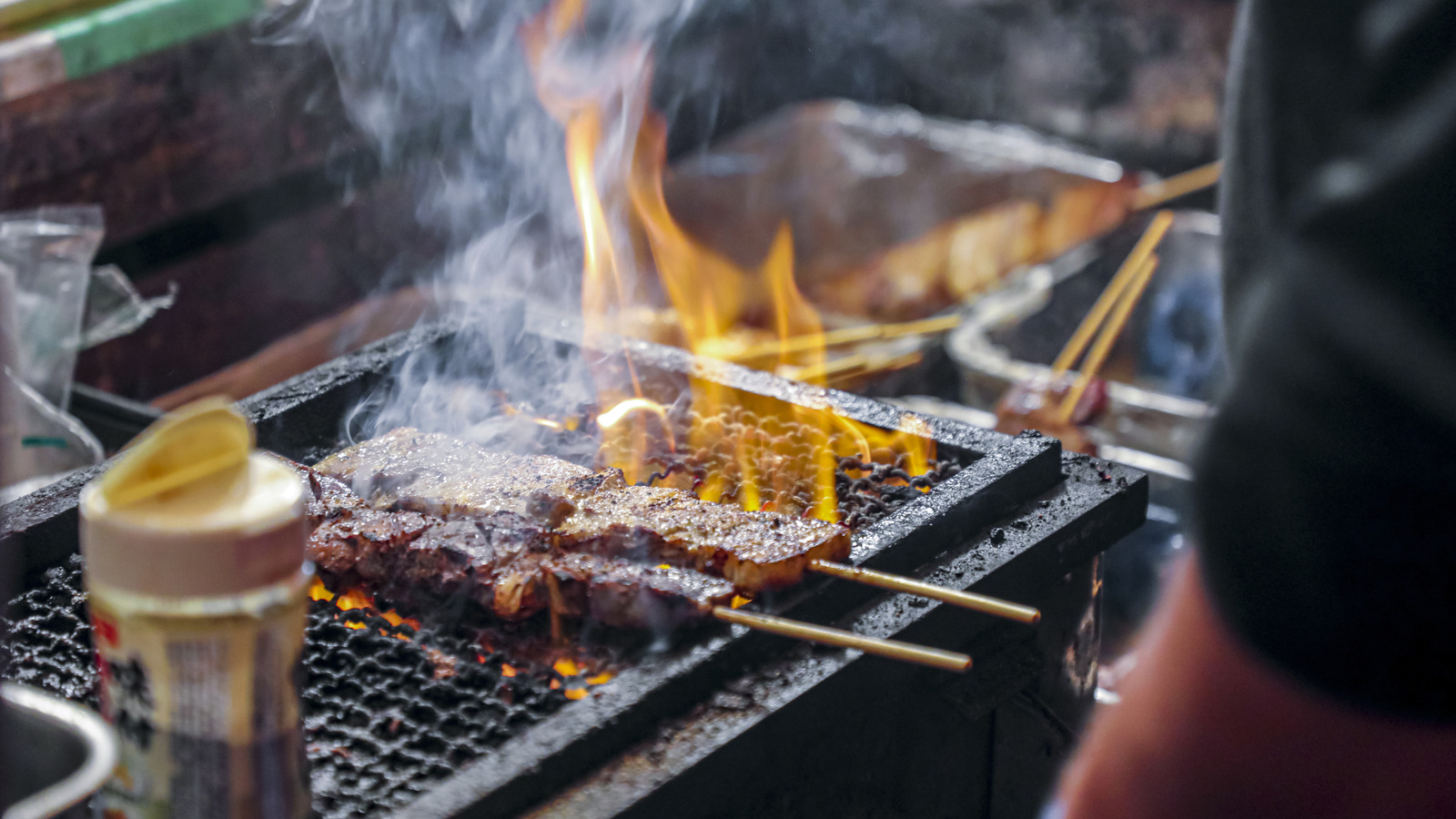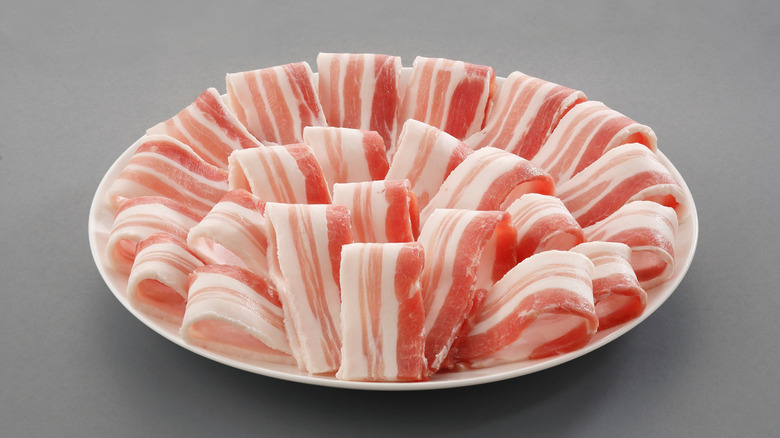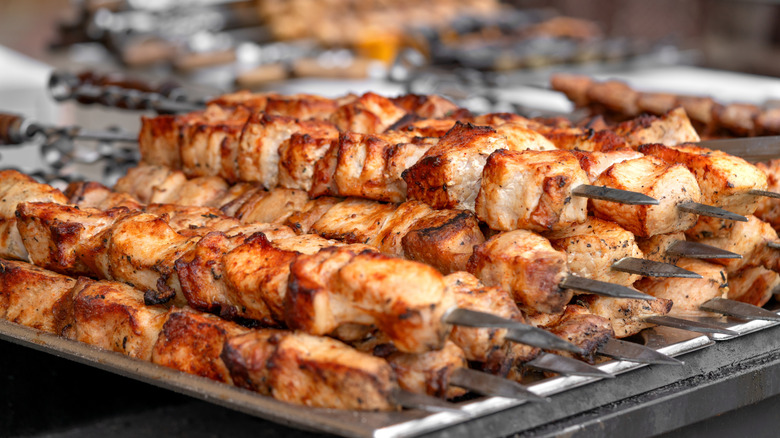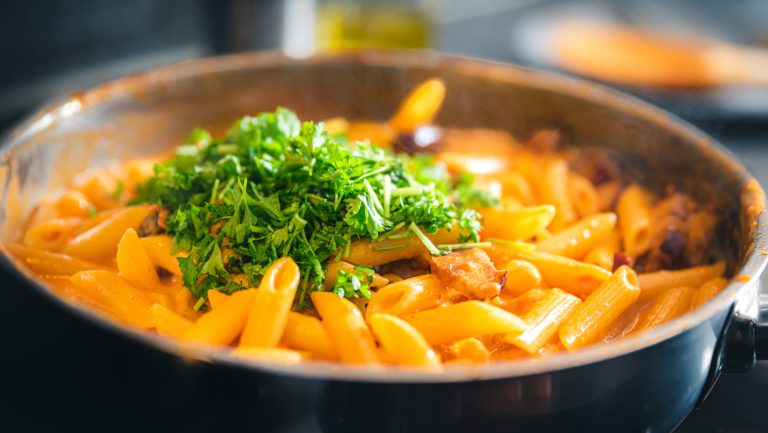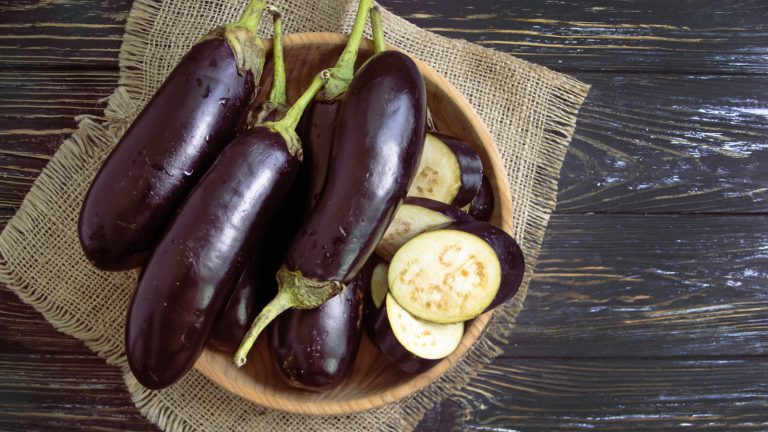Pork skewers are delicious, quick, and easy to make. From the Far East to the Mediterranean to Latin America, they can be found practically everywhere! While they’re a relatively simple dish (and certainly one you can nail at home, whether in the kitchen or outside on the grill), their success depends on picking the right cut.
The cut you use will influence your skewers’ texture, taste, and tenderness. Three cuts are commonly used, and each brings its own unique qualities. Pork shoulder is full of intramuscular fat and as such, is packed full of savory, porky flavor. It’s best used in recipes that require longer cooking times — especially ones that call for heavy marination. On the other hand, the tenderloin has a much milder flavor with slightly sweet undertones and is much leaner. It’s best for quick grilling, but watch out, as it’s prone to overcooking! Pork belly offers richness, an unctuous, fatty bite that’s crispy and melts in your mouth.
Ultimately, the cut you use is up to you. If you prefer a leaner or fattier bite, you can swap them out as you like, but it’s knowing the best way to use each of them that will really make for the perfect skewer.
Choose the right cut for your cooking style
Different cuts of pork offer specific benefits, and depending on the style of skewer you’re making, you should choose accordingly. For Asian-inspired cooking, you’ll want to reach for fattier cuts like pork shoulder (an inexpensive cut that’s great for beginners) or belly. Styles of grilling like Thai Moo Ping and Japanese yakitori typically use very high heat and powerful marinades. The high heat of the grill will help render all that fat for an especially juicy, flavorful bite.
For Mediterranean-style grilling, you’re better off sticking to leaner cuts such as tenderloin. The marinades and flavors used in classic Italian and Greek cooking, for example, tend to be lighter. (Think basil, lemon, oregano, and olive oil.) They’re super versatile, too, and just as effective for cooking fish, lamb, or eggplant. Because the flavor profile is more subtle, you won’t risk overwhelming the more delicate flavors of leaner cuts of pork.
For spicy Latin-style grilling like Mexican al pastor pork, hardier cuts like pork butt or shoulder should be your go-to. The higher fat content and deep savory flavors will balance out the heat of the marinades and keep the skewers from drying out. (The fat gradually renders as the meat cooks, basting it from within to ensure the juiciest bite possible.)
Some extra tips and tricks to ensure the perfect pork skewers
While choosing the right cut is crucial to your pork skewers, how you treat it is just as important. With a couple of simple tips, you can ensure that you get perfectly juicy, nicely browned skewers every time. Properly prepping your pork will ensure it cooks at evenly. Make sure all your pieces of meat are roughly the same size. Aim for roughly 1-inch cubes.
Using the right marinade (in the right way) can also make for better skewers. Not only will a great marinade improve the texture of your skewers, softening the pork for a more tender bite, it will also improve taste as the meat gradually absorbs the marinade’s flavors. For the best marinades, look for a balance of acidity, sweetness, and savory flavors.
Regardless of what cut of pork you use, let it rest before serving. Resting allows the juices in the meat to redistribute, resulting in moist (and consistently delicious) skewers that are sure to be a hit!


